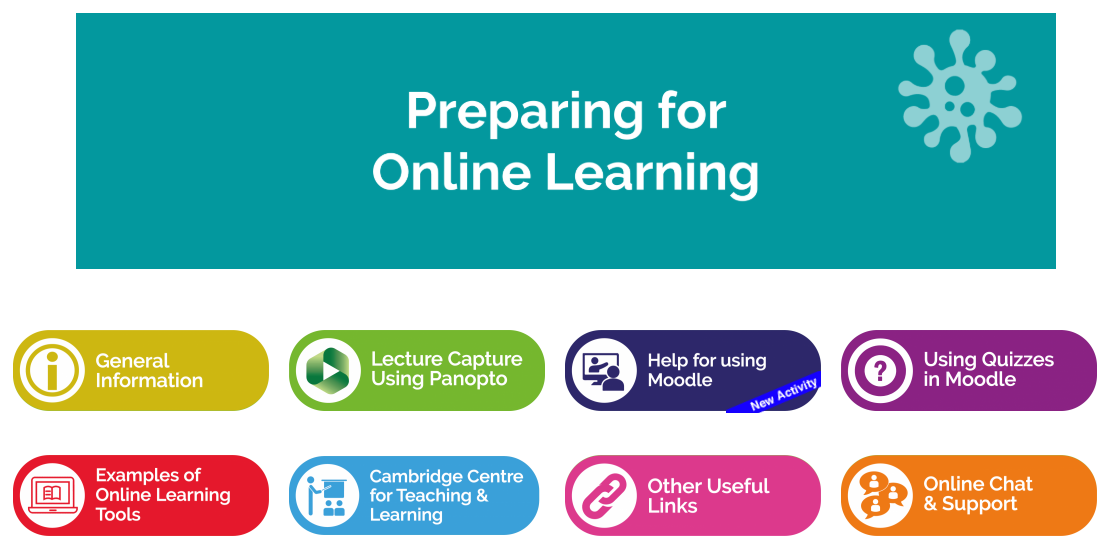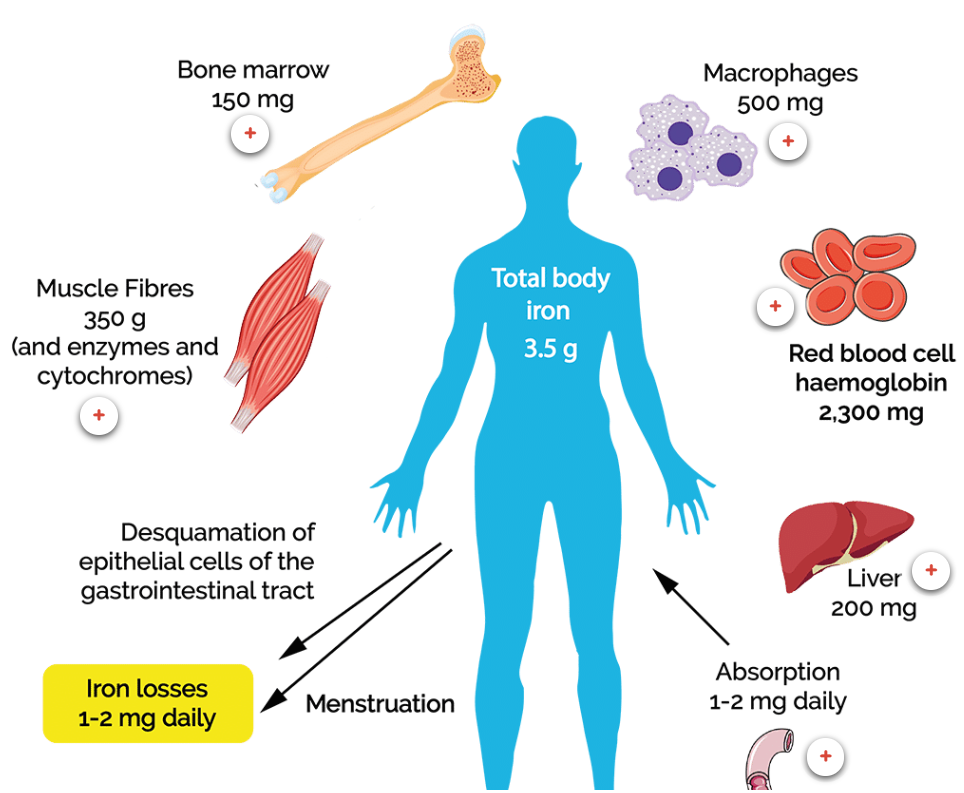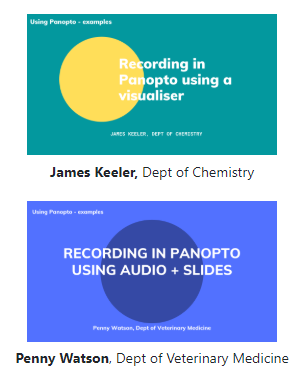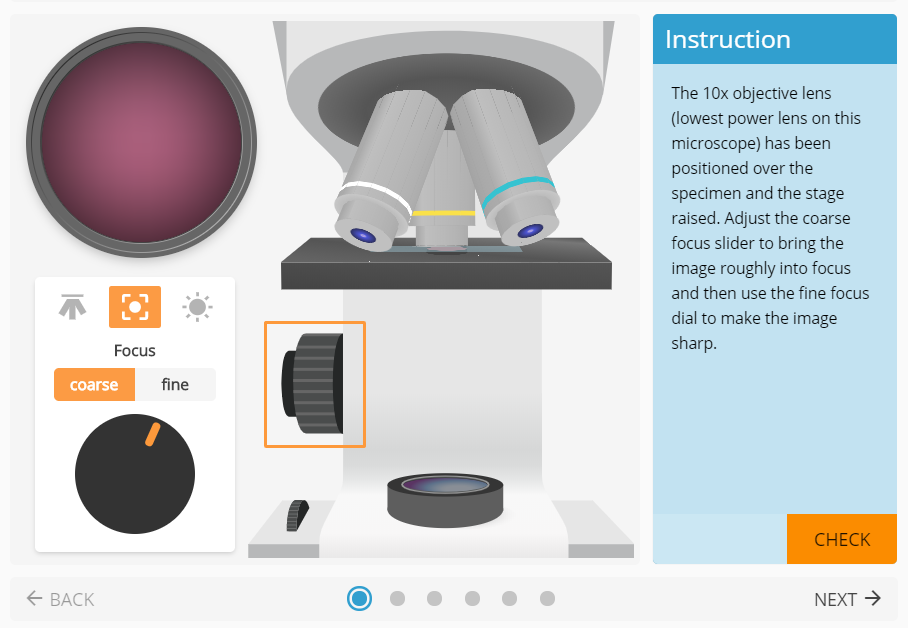Case Study: Getting to Grips with Online Learning
We spoke to Dr Dee Scadden, a Senior Lecturer in Biochemistry, about her development of Getting to Grips with Online (Remote) Learning, a Moodle site which gathers advice, ideas and examples of preparing interactive online teaching and learning materials. Getting to Grips with Online Learning has ideas that could be adapted for any discipline, and Dee encourages others to share ideas and try new things! You can access the site with a Raven login by following the link above.
Article also available as downloadable PDF

What was the context and purpose of developing this resource?
It was as we realised that we needed to deliver teaching online, and that there were big gaps: I wanted to try to have a place to share ideas of good practice, and it has become a really useful repository as I am adding to it all the time. It is such a waste of time for everyone to be reinventing the same thing - we can learn from each other's experiences! So I'm happy to share examples where people have worked to create resources. Even if people look at the examples and say "I've no idea where to start, but how did you do that?", it feels like a starting point to say "This is what you can do".
Who are the audience and how did that affect what you did?
I guess anyone really. I was aiming at lecturers, but I made enrolment open so that the audience isn't limited and anyone with an interest can join. I wanted to be able to say "this is a thing you can do" and that it isn't that hard once you get into it... There are loads of fantastic pages from UIS on how to use things, but people were asking me how I'd done things. So I wanted to write something to enable people to go off and do it themselves. I wanted to write something that shows people what can be done, but also how to do it themselves.

What was involved in terms of logistics, time or resources?
I wrote the Moodle site and guides to using Panopto, which were created using Articulate 360 (an authoring tool), at Easter. I was able to draw on content from other Moodles courses that I had developed previously. In addition, I was able to draw on other people's experience, and the site contains a number of quizzes developed by Sonja Dunbar in Plant Sciences.
What were the lessons learned?
I think you need to go into anything like this with a clear idea of what you want to do, but things evolve and nothing is irreversible. If you find that something doesn't work along the way, you can change it... and you can keep it really simple by taking existing material and presenting it in new ways that increase engagement. For example, there was a PDF about nutrition that we'd used for a number of years in a particular course, and I was able to translate the content almost verbatim into an interactive Articulate course that has a completely different impact for students.

It's likely that many other people have material already in use which could similarly be 'repackaged' into more interactive formats online. I like to add a little bit of interactivity; like clicking on an image to get a pop-up with more information. I think people shouldn't underestimate what impact it can have - taking something and making it more interactive. I think about how it's a lesson. It's not "read this and go away and assimilate it", it's a bit more hands-on, and people will engage in a different way.
Top Tips!
Share best practice

I think one of the big things for me is just sharing practice and acknowledging that people have different levels of technical know-how. Sometimes when I am writing something I think it may be too simple for some of the audience, but I want to communicate to people that they can actually do it, and just to have a go! I am Director of Technology-Enabled Learning for my School, and this has meant that there have been fantastic opportunities to share what we are doing and how this can complement what others are doing, and it is really bringing people together to address a shared issue. While people can develop their own methods, it's really important to reduce the shared workload where possible by not duplicating effort when we're working towards similar goals. So for me it is about trying things, sharing best practice, and then adding a rationale for why I chose a certain platform. I think we're going to achieve online learning by sharing best practice and enabling people to do things for themselves - this is too big a task for individuals to do everything themselves!
Focus on finding engaging methods of delivery

It's looking at what we have and seeing how it can be translated into online teaching. The content and the thought processes are there; it's just about delivering it in a more engaging way online. It's great to bring in images and quizzes, as well as drawing on the many great tools that are already available. For example, we use fantastic interactive simulations from a company called Learning Science for online practical teaching.
Giving people options
Providing a diverse variety of resources provides for different learning skills and styles, and I think it is really important not to underestimate the value of that. I make it clear to students that not everything on a particular Moodle site is going to suit everyone, and not to feel obliged to use all of the available resources. Students often feel like they have to do everything, in case they miss out. So we say to try different things, have a look, and then decide what you want to use based on your style of learning.
Ask for feedback
We ask very specifically for feedback! It's not just about content - the way you present material is important!
Authors

Dr Dee Scadden is a Senior Lecturer in Biochemistry. She is a recipient of the Cambridge University Press 2019 Technology-Enabled Prize, and of the Biochemical Society 2018 Teaching Excellence Award.

Dr Juliet Scott-Barrett is a Project Associate here at the Centre for Teaching and Learning, with a focus on inclusive practices. She contributes to the scholarly basis of the CCTL work programme.
Cambridge Teaching & Learning Newsletter vol. 1 (issue 5) May 2020
